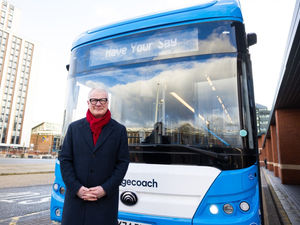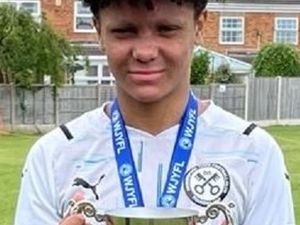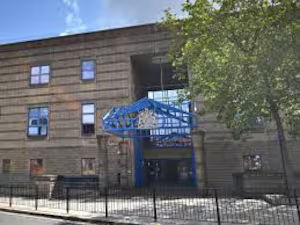Legendary RAF helicopter that survived missile attack in Falklands War arrives at Cosford
A legendary helicopter which became part of British military folklore during the Falklands War is the RAF Museum at Cosford's latest exhibit.
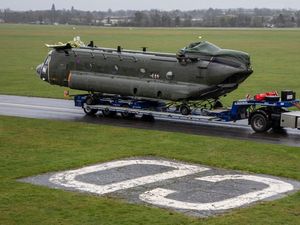
The RAF Chinook HC6A ‘Bravo November’ arrived at the museum between Wolverhampton and Shifnal in time for an exhibition to mark 40 years since the start of the conflict.
The distinctive twin-rotor helicopter became a symbol of British resolve during the 1982 war, after surviving an attack by an Argentinian Exocet missile. It also saw action in Afghanistan, Iraq and Northern Ireland during its 39 years of service.
The chopper arrived at the museum on the back of a low loader, marking the end of a five-day road journey from RAF Odiham in Hampshire.
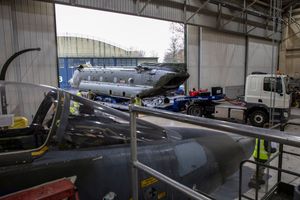
Bravo November is is one of the 30 original Chinooks ordered by the RAF in 1978 at a cost of approximately £100 million.
Following its retirement, the aircraft has been acquired by the museum which has drawn up a long-term plan for its future preservation.
The fleet were the British variants of the US Army's famed Boeing CH-47 Chinook, with Bravo November one of the last to be delivered in February 1982.
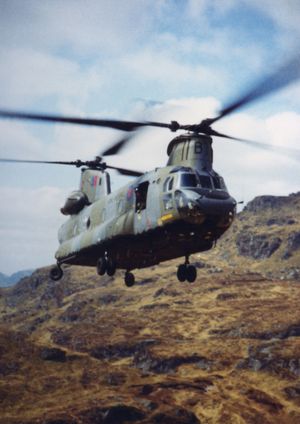
Bravo November earned its place in RAF history at the start of the Falklands campaign in April 1982, when it was being transported along with three other Chinooks to the South Atlantic on the container ship MV Atlantic Conveyor.
The ship, along with its cargo, was destroyed by an Exocet missile, but Bravo November was airborne at the time, collecting cargo from HMS Glasgow, and managed to land on HMS Hermes, gaining the nickname The Survivor.
It was the only serviceable heavy lift helicopter available to British forces involved in the hostilities, and was used to carry some 1,500 troops, 95 casualties and 650 prisoners of war, as well as 550 tons of cargo.

During its long career, the helicopter earned four Distinguished Flying Cross medals, the first being for actions in the Falklands.
Bravo November was on a night mission when pilot Squadron Leader Dick Langworthy and his co-pilot Flight Lieutenant Andy Lawless, descended after losing visibility in a thick snow shower, hitting the sea at about 100 knots (115mph) due to a faulty altimeter.
The impact threw up spray that flooded the engine intakes but Langworthy and his co-pilot managed to get the helicopter back in the air. The fuselage was damaged, an antenna had been lost and the co-pilot's door had been torn away.
While the co-pilot door was missing, the crew of Bravo November were unable to navigate or communicate with other forces. Bravo November returned to San Carlos for damage inspection. The impact had caused little more than dents to the fuselage and damage to the radio systems. Sqn Ldr Langworthy was awarded a DFC for his bravery at the controls of ZA718 during the campaign.

